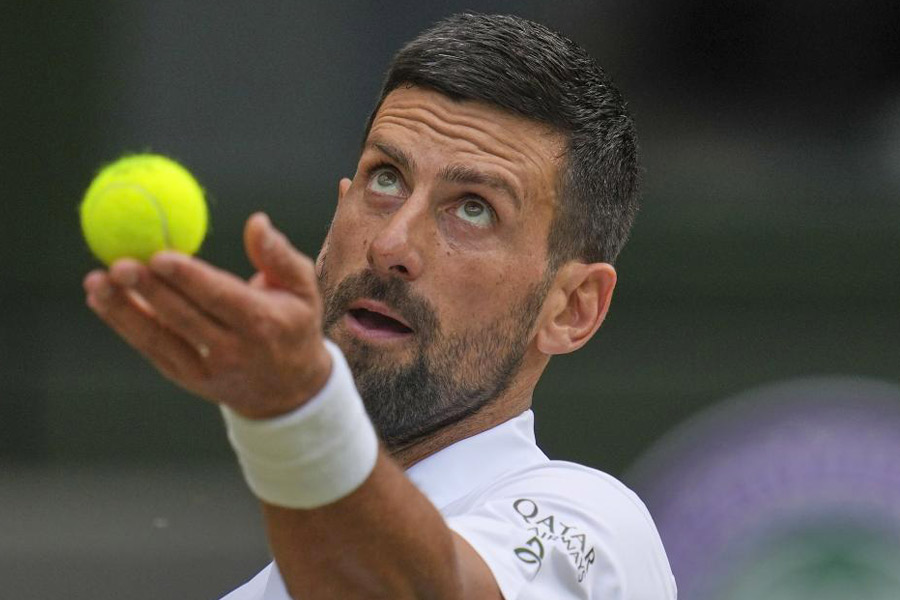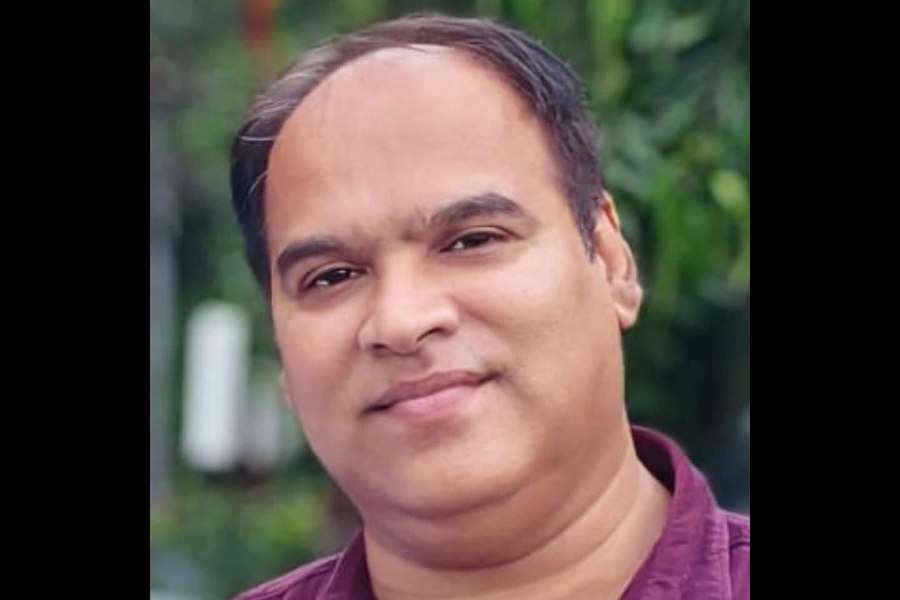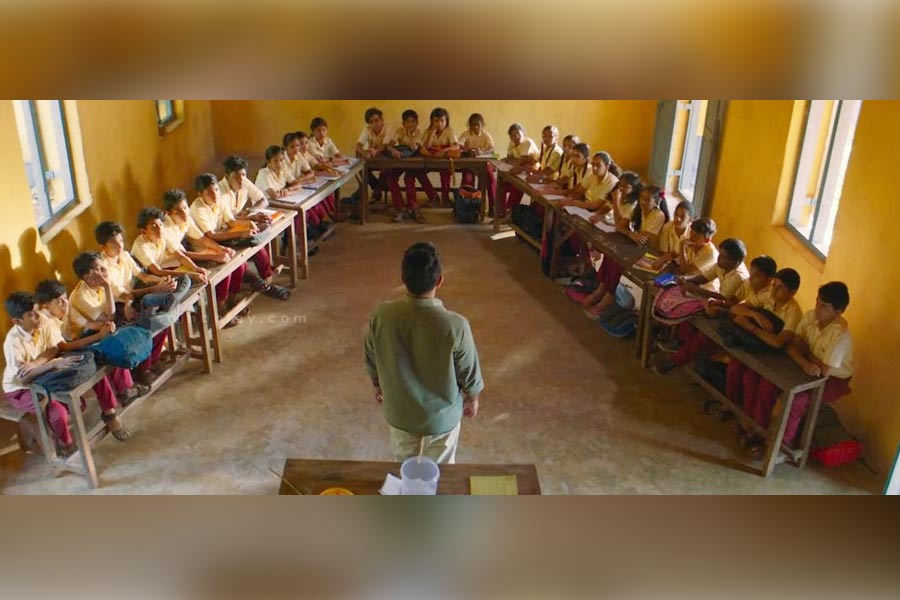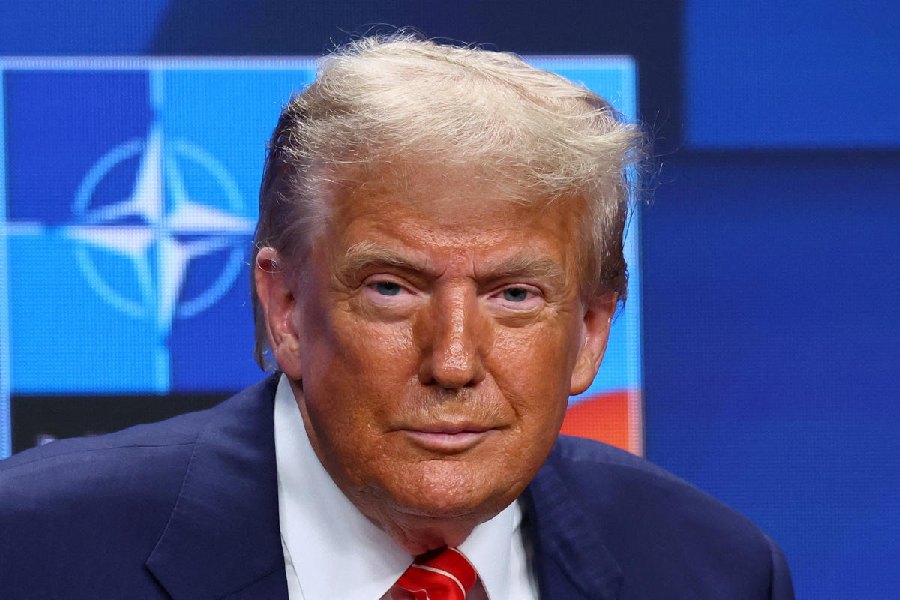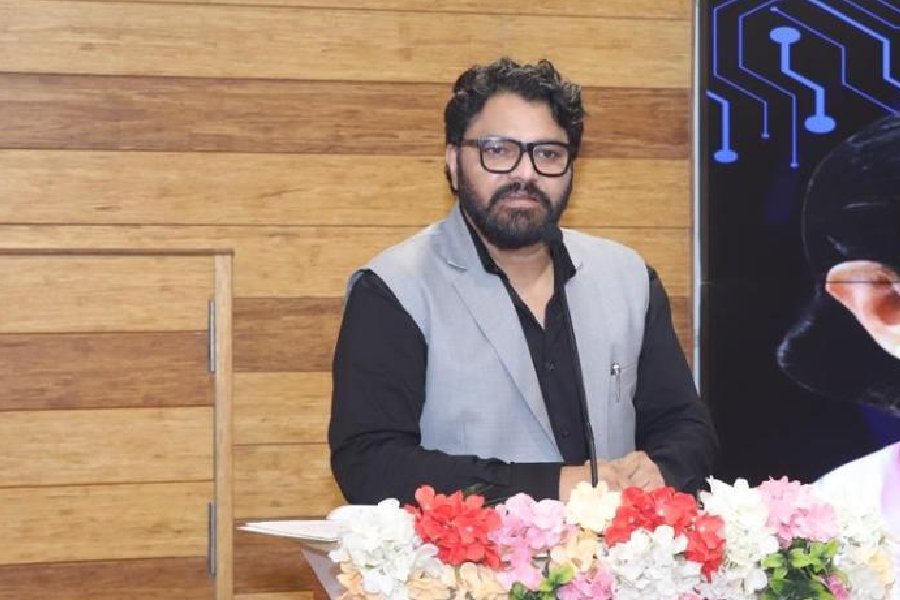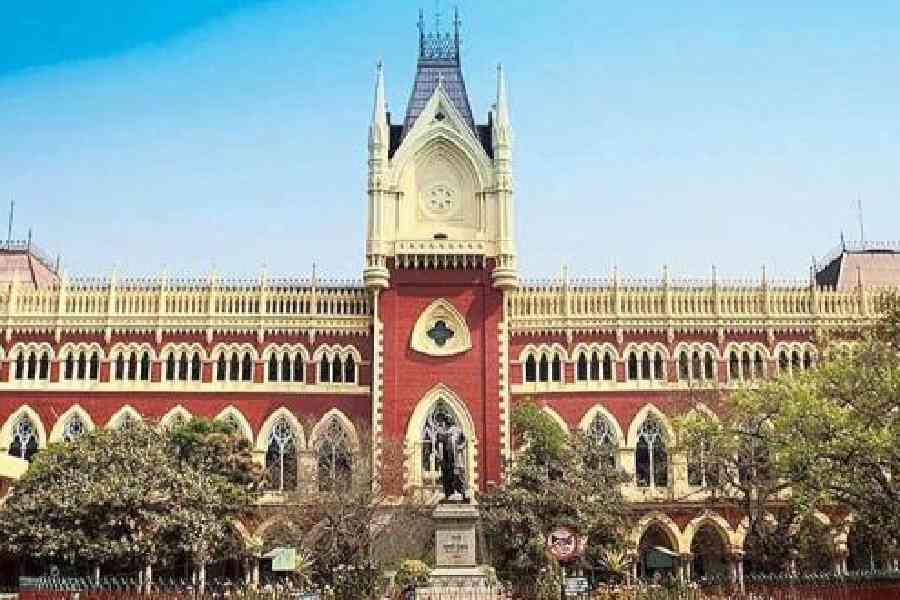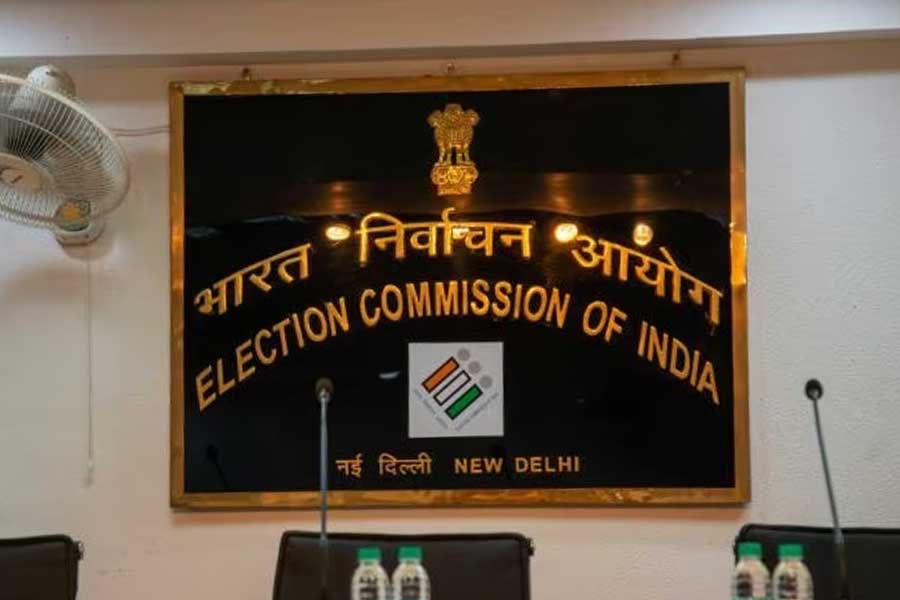 |
| Sambalpuri dance is a popular folk dance performed during the Nuakhai festival in western Orissa. Picture by Sanjib Mukherjee |
Bhubaneswar, Sept. 12: Nuakhai, the harvest festival was observed with cheer and zeal in western Orissa on Sunday. This festive fervour will continue for the next few days. Nuakhai — the most awaited event for the people of Sambalpur, Jharsuguda, Kalahandi, Bolangir and Koraput — has a special place in the heart of director Sabyasachi Mohapatra who hails from the district of Sonepur of western Orissa.
“The festival brings people together,” says Mohapatra, who has shifted to Mumbai over two decades ago. He is Sonepur at present to celebrate Nuakhai with his family.
“Nuakhai encourages brotherhood. No matter how cross or upset you are with your relative and friends, the tradition of Nuakhai binds us all to meet up during the this time,” he says.
According to tradition, all members of the family get together to celebrate the festival and eat the dishes prepared with the first grains of the harvest after they are offered to the family goddess or Ishta Devi. “The absence of even one member of the family does not allow the festival to be observed,” says Mohapatra, who believes the event is to people of western Orissa what Bihu is to the Assamese and Onam to the people of Kerala.
The lagna or timing for the festival is decided by the pundits. Worshipping the deity is considered as the most important tradition of Nuakhai.
“When we offer the fresh harvest of the season to our goddess, we believe she blesses us,” he says.
Other than spirituality and brotherhood there are a number of festivities involved. “We have a coconut throwing contest where we get together on the field and try to take the longest aim,” he smiles.
Kabbadi matches on muddy fields are a common scene during the festival. The events held during Nuakhai have participants from all sections of the society.
“The grain is produced by the farmers but all people of the village have it. So, this festival brings equality among the villagers. All of us dress alike in traditional attire — men wear dhoti and Sambalpuri cloth and women put on the Sambalpuri sarees,” says Mohapatra.
Folk dances like Dalkhai and various Sambalpuri dances accompanied with vibrant music are observed in the evenings.
“The celebrations continue till late night. Of course with the influence of communication technology, it’s more of loudspeakers playing music these days,” Mohapatra says.
Nuakhai is observed by Oriyas outside the state too.
“Students and job holders in Delhi, Mumbai, Bangalore also celebrate the Nuakhai Bhetghat with enthusiasm,” says Mohapatra.


